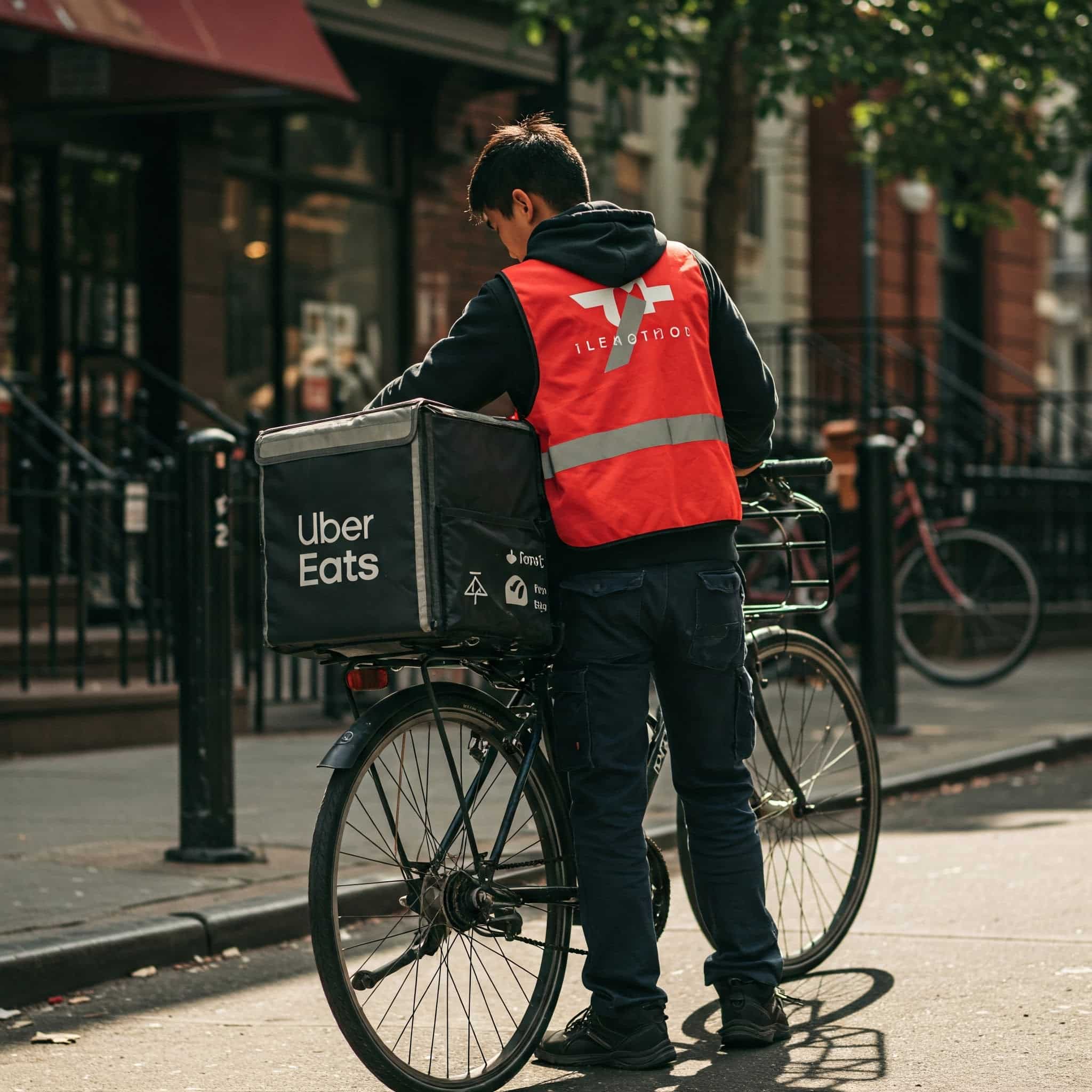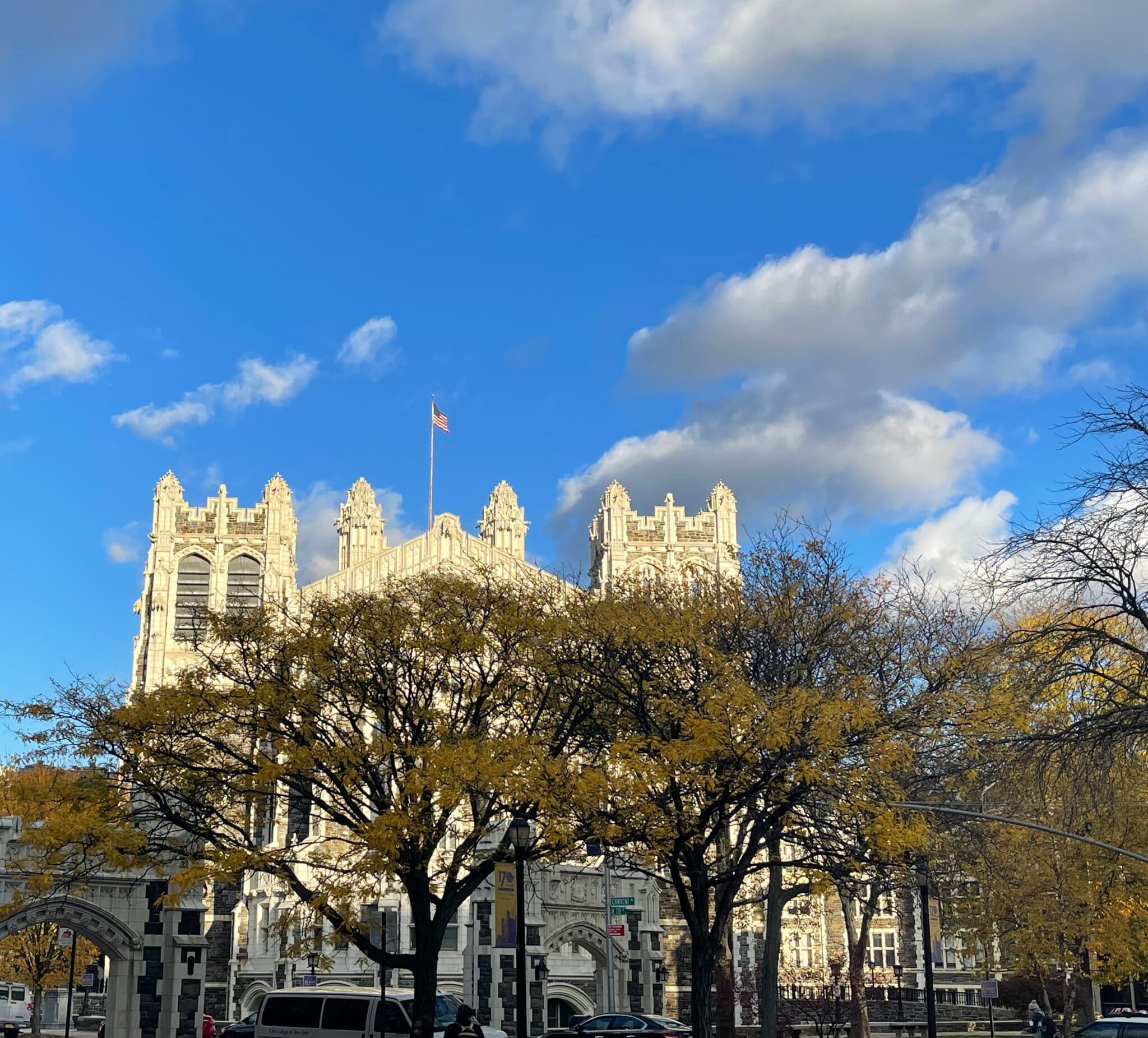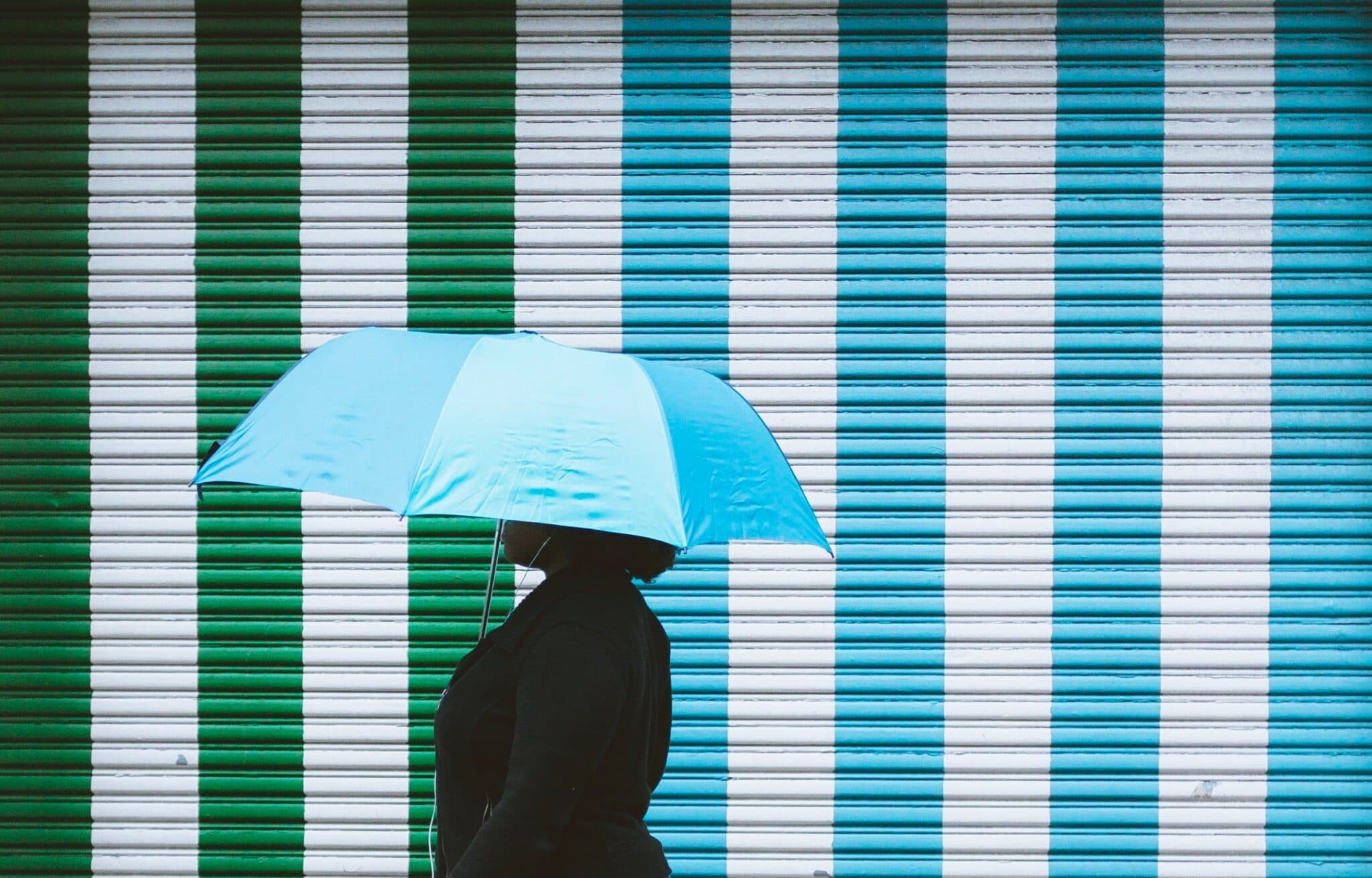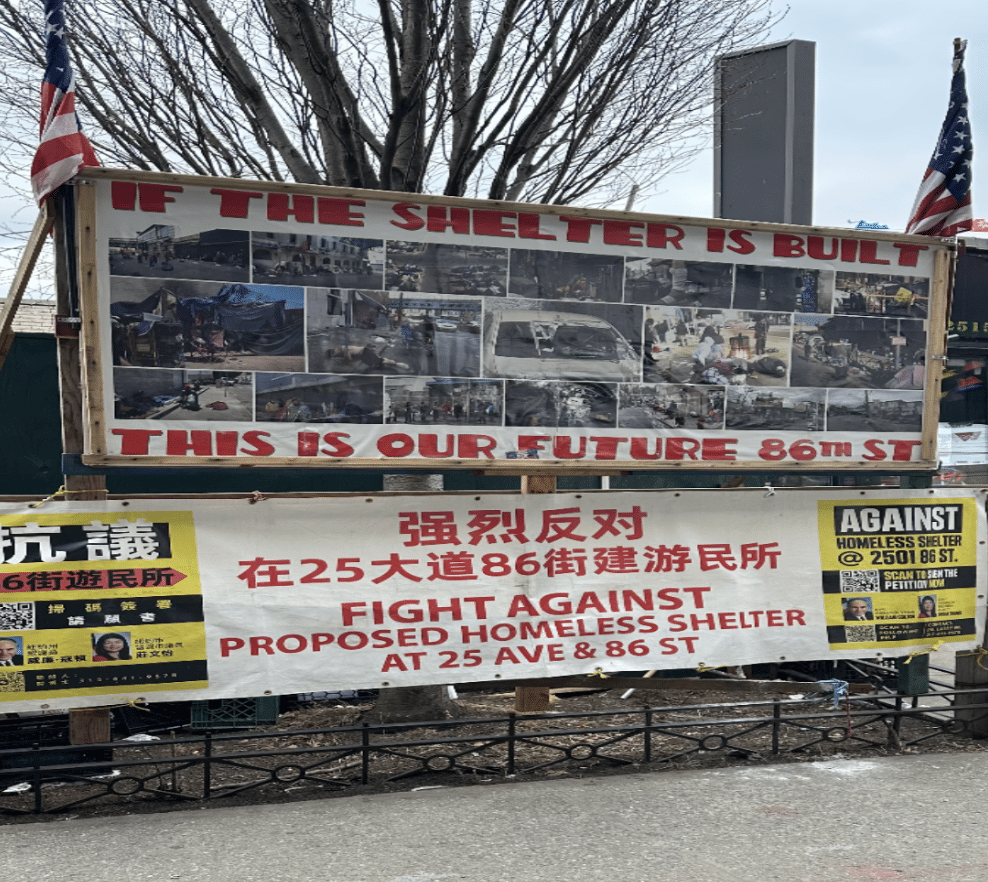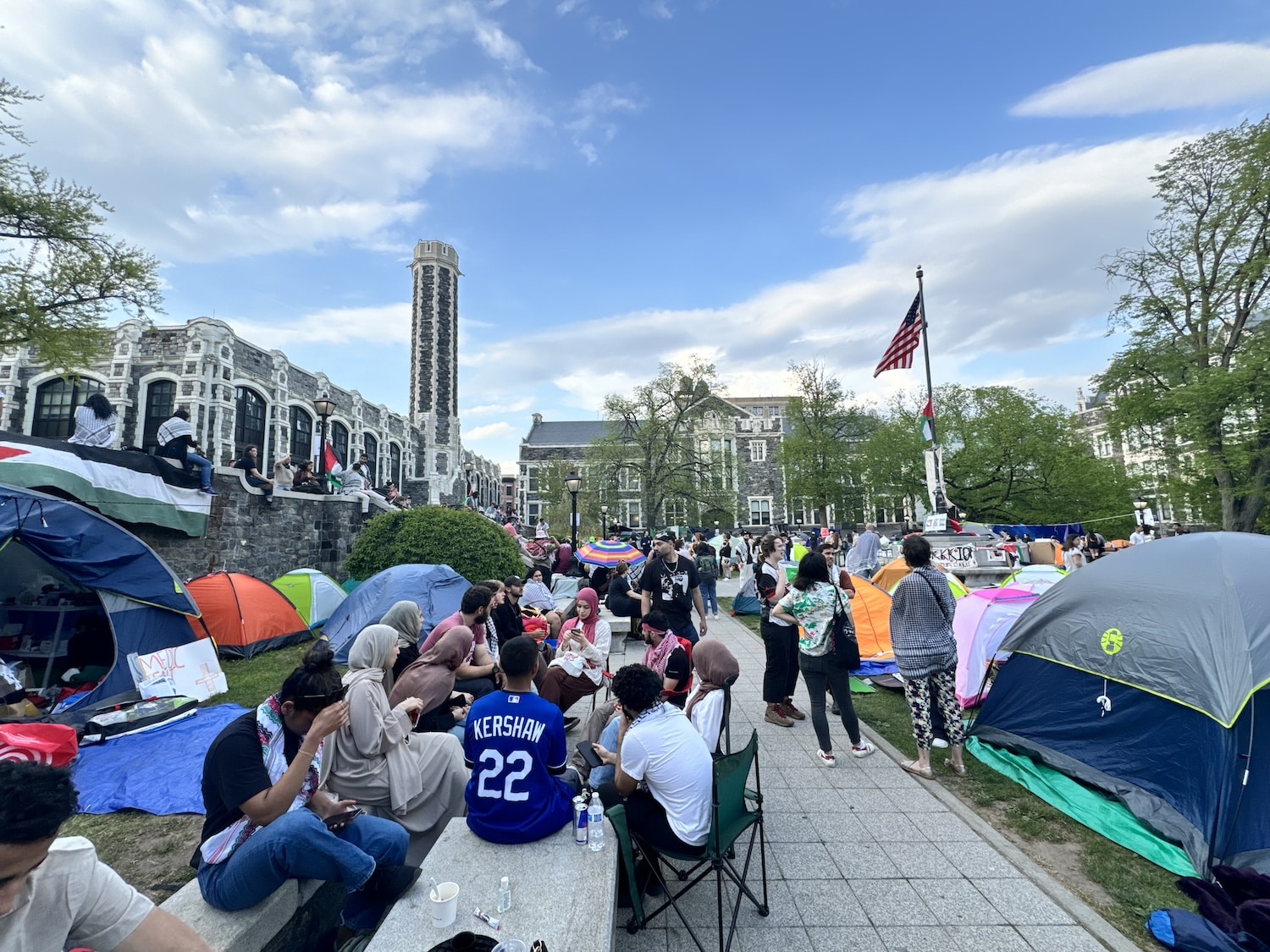You see delivery workers in almost every neighborhood. Photo by Jana Elsayed.
“I couldn’t keep living paycheck to paycheck with no safety net,” Marcus Taylor said. The former full-time delivery worker quit his job because he could not earn enough money and he is not alone.
In New York, many people search for ways to make easy money, and in this ever-churning search, tens of thousands have turned to app-based jobs. Mayor Eric Adams’ administration estimates that there were 60,000 app-based delivery workers in New York City in 2024. Nationwide, 62% of U.S. adults have participated in some form of gig work, and a growing number of them rely on apps as a primary income instead of a side job, according to TransUnion research.
Some of those workers may look for a side hustle. Others need a stepping stone to the next job. And still, others must have a full-time grind. App-based jobs seem attractive because they offer the promise of flexible hours and independence. But the line between freedom and instability is blurred.
For six years, Marcus Taylor biked through Harlem and uptown Manhattan delivering meals for Uber Eats, Grubhub, and Amazon Flex. When he began in 2018, the money was better than retail. But after years of chasing down bonuses, racking up repair bills, and taking sick days without paid sick leave, he left the gig world behind. Today he works as a warehouse associate for a grocery delivery company with a set paycheck and benefits.
Not all gig workers are looking for an exit, though. Kayla Chen, a part-time rideshare driver based in Bushwick, uses gig work to support herself while she builds a sustainable fashion brand.
“I didn’t want a 9 to 5 right after graduating college,” she said. “I’m working on launching my own small business, a sustainable fashion line. So this gives me time to focus on that during the day and earn money when I want to.”
Chen usually works evenings, Thursday through Sunday. She targets hours with higher pay and with price surges and earns around $700 per week before expenses. She generally brings home about $500 to $550.
The work is often far from easy. Luis Perez enjoys the freedom, but he puts in the effort. He works full time for Uber Eats, DoorDash, and Relay. That adds up to over 55 hours a week, and he makes about $950 before expenses. His take-home drops to a little over $600 after gas, repairs, and essentials. The idea of this work providing freedom is only a mirage. He said, “We’re not independent if we can only take the jobs they give us at the times they pick,” he said. “It’s hard when we’re treated like essential workers—but not protected like them.”
Mayor Adams put the country’s first guaranteed minimum pay for delivery app workers in place in 2024. The base minimum pay is $19.56 per hour before tips and will change annually with inflation. The aim is to secure full-time worker at least the equivalent of NYC’s minimum wage, which is $16 per hour for regular employees, plus extra expenses like fuel and bike maintenance.
But many employers aren’t happy about this. DoorDash and Uber adjusted their platforms so that workers say they make it harder to get consistent orders. “The apps raised the base rate, but then they started sending fewer orders or ones really far away,” said Perez.
A study in March 2024 by the Worker Justice Center of New York found that 43% of surveyed delivery workers reported a decline in order volume or pay stability after the law took effect.
But as freelance and employment boundaries blur, employee protection hasn’t always caught up.
The New York State Department of Labor took a step forward in August 2024 and launched the Freelancer Enforcement and Navigation (FEN) Unit. The FEN Unit enforces the “Freelance Isn’t Free” Act, which guarantees independent workers have a right to written contracts and timely payments, which helped workers recover over $700,000 of unpaid wages in the first 6 months.
Still, gig workers like Perez and Taylor didn’t and still don’t get access to many traditional labor protections. “There’s no sick pay, no health insurance,” says Perez. “If my bike breaks down, I’m out of work until I fix it.” Taylor agrees. “If someone’s putting in 40, 50, 60 hours a week, they deserve protections. Benefits, insurance, fair pay—at least give folks the option. Right now, it’s the companies who have all the power,” he said.
With or without protections, work can be dangerous. A 2023 DCWP report found that 73% of NYC delivery workers reported unsafe working conditions, and nearly 50% had been in an accident on the job. Most had no access to health insurance through the platform they work for.
Federally, no law currently demands that companies like Uber, DoorDash, or Instacart give benefits to independent contractors. Faced with growing pressure, the U.S. Department of Labor clarified in 2024 that companies can’t misclassify employees as contractors just to avoid paying benefits, but enforcement is limited.
These protections being upheld isn’t certain, though. With the 2025 presidential transition, policy shifts are expected. President Donald Trump previously showed more support to business-favored labor policies, including cutting back on worker classification rules during his term. If he uses similar approaches, the balance between flexibility and worker protections could shift again.
Until then, workers across the five boroughs will have to continue navigating this new labor economy one app ping at a time.
Tags: Door Dash Jana Elsayed Luis Perez Marcus Taylor New York State Department of Labor Uber Eats Worker Justice Center of New York
Series: Community
